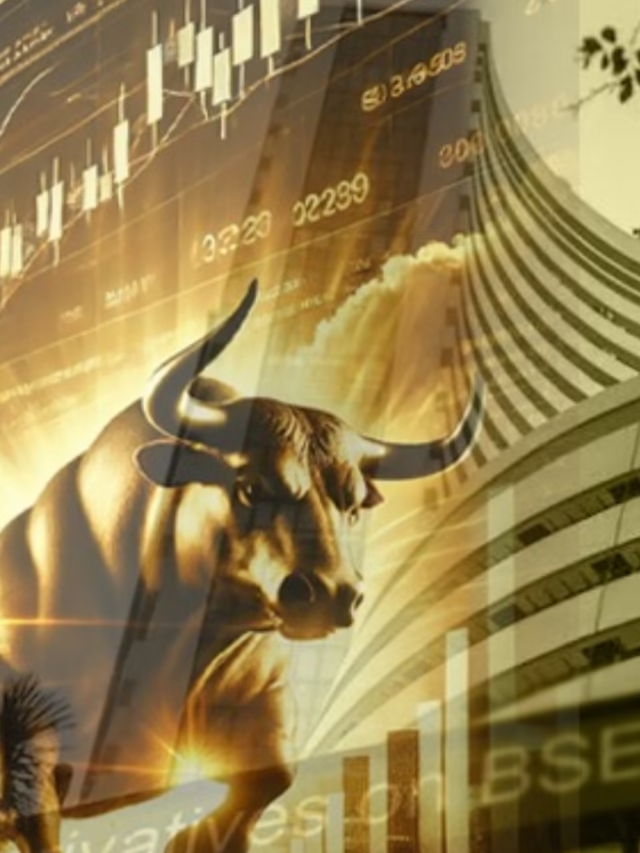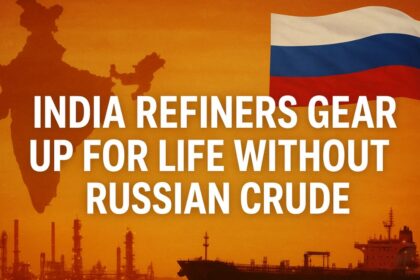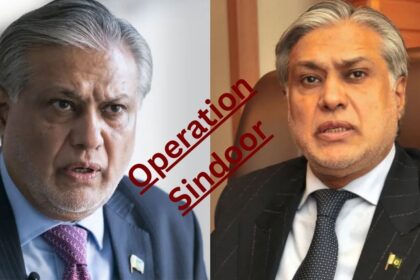Russia announced a comprehensive extension of its fuel export restrictions until the end of 2025, marking the most severe energy trade disruption since the start of the Ukraine conflict as Ukrainian drone strikes devastate the country’s refining infrastructure.
Export Ban Expansion Amid Crisis
Deputy Prime Minister Alexander Novak confirmed Thursday that Russia will extend its existing gasoline export ban through December 2025 while introducing new diesel export restrictions for non-producing companies. The measures represent Moscow’s desperate attempt to stabilize domestic fuel supplies as Ukrainian attacks reduce refining capacity by nearly 20% on certain days.
“We will soon extend the ban on gasoline exports until the end of the year, and a ban on diesel fuel exports for non-producers will also be introduced until the end of the year,” Novak stated, acknowledging a “small deficit of oil products” being covered by accumulated reserves.
Devastating Impact of Ukrainian Drone Campaign
Ukraine has dramatically intensified its systematic assault on Russian energy infrastructure since August 2025, targeting 16 of Russia’s 38 oil refineries with long-range drone strikes. The campaign has disrupted over 1 million barrels per day of Russia’s refining capacity, forcing several major facilities offline.
Major Targeted Facilities:
- Gazprom Neftekhim Salavat complex in Bashkortostan (hit twice in one week)
- Ryazan refinery near Moscow
- Volgograd facility in southern Russia
- Novo-Ufa oil refinery
- Multiple refineries in Samara region
The Salavat petrochemical complex, Russia’s 10th-largest refinery with 10 million tons annual capacity, suffered critical damage to its CDU-6 crude distillation unit, representing 60% of the facility’s production capability.
Nationwide Fuel Crisis Unfolds
The export restrictions come as Russia grapples with severe domestic fuel shortages across multiple regions. Wholesale gasoline prices have reached record highs, with AI-92 grade hitting 79,788 rubles ($952) per ton on Thursday.
Regional Impact:
- Crimea: 50% of gas stations ceased gasoline sales, with complete shortages in Sevastopol
- Far East regions: Severe supply disruptions affecting Chukotka and Sakhalin
- Central Russia: Rationing implemented in Moscow, Ryazan, and Nizhny Novgorod regions
- Southern regions: 14.2% of stations suspended fuel sales
Crimean officials admitted some refineries were “physically not functioning,” with Governor Sergei Aksyonov urging residents to show “patience” as the peninsula faces its worst fuel crisis since Russia’s 2014 annexation.
Economic and Strategic Implications
The fuel crisis represents a significant strategic victory for Ukraine’s campaign to disrupt Russia’s war financing. Russian diesel exports have plummeted to their lowest levels since 2020, dropping from a February peak of 820,000 barrels per day to just 400,000 barrels daily in September.
Russia’s seaborne crude exports have paradoxically surged to 3.62 million barrels per day—the highest since May 2024—as damaged refineries cannot process domestic crude, forcing increased raw oil exports at lower profit margins.
Global Market Reactions
International energy markets responded immediately to Russia’s export restrictions. NYMEX diesel contracts gained over 2 cents per gallon Thursday morning as traders anticipated supply tightness. The restrictions particularly concern European markets, where Russian diesel remains crucial for industrial operations despite sanctions.
Energy analysts warn the crisis could create “significant global market reverberations,” especially as the restrictions coincide with seasonal maintenance periods when distillate inventories typically decline before winter heating season.
Rationing and Emergency Measures
Russian authorities have implemented emergency fuel rationing across affected regions. Gas stations are limiting purchases to 10-20 liters per customer, while major companies like Lukoil have banned canister sales and restricted fuel card usage.
Independent fuel retailers face the harshest impact, with approximately 2.6% of Russia’s 17,000 gas stations suspending operations between July and September. Some smaller chains completely halted retail sales, distributing only to long-term commercial partners.
Ukraine’s Strategic Success
The drone campaign represents Ukraine’s most effective economic warfare strategy, successfully targeting Russia’s primary revenue source while avoiding direct military confrontation. Ukrainian officials have repeatedly urged Western allies to impose additional sanctions on Russian energy exports, arguing that cutting Moscow’s oil revenues will force peace negotiations.
Military analysts note Ukraine’s strikes now reach facilities over 1,400 kilometers from the border, demonstrating significant improvements in long-range drone capabilities and intelligence gathering.
Long-term Consequences
Russian officials estimate repair timelines could exceed one year for severely damaged facilities, creating persistent supply challenges through 2026. The crisis forces Moscow to choose between maintaining export revenues and satisfying domestic demand—a dilemma that could accelerate internal political pressure.
The fuel shortages occur alongside Russia’s broader economic struggles, including 9.5% annual inflation and near-record interest rates, compounding domestic dissatisfaction with the prolonged conflict.
Russia’s acknowledgment of extending restrictions through year-end signals expectations that Ukrainian attacks will continue disrupting energy infrastructure, making 2025 a pivotal year for the conflict’s economic dimensions.


























